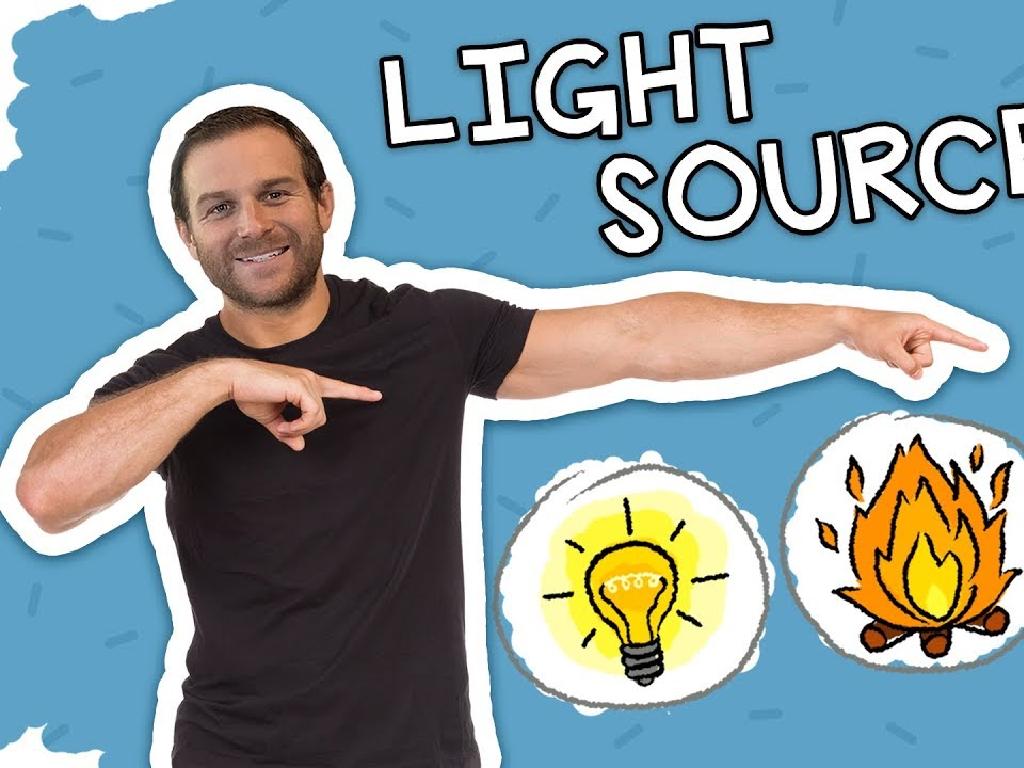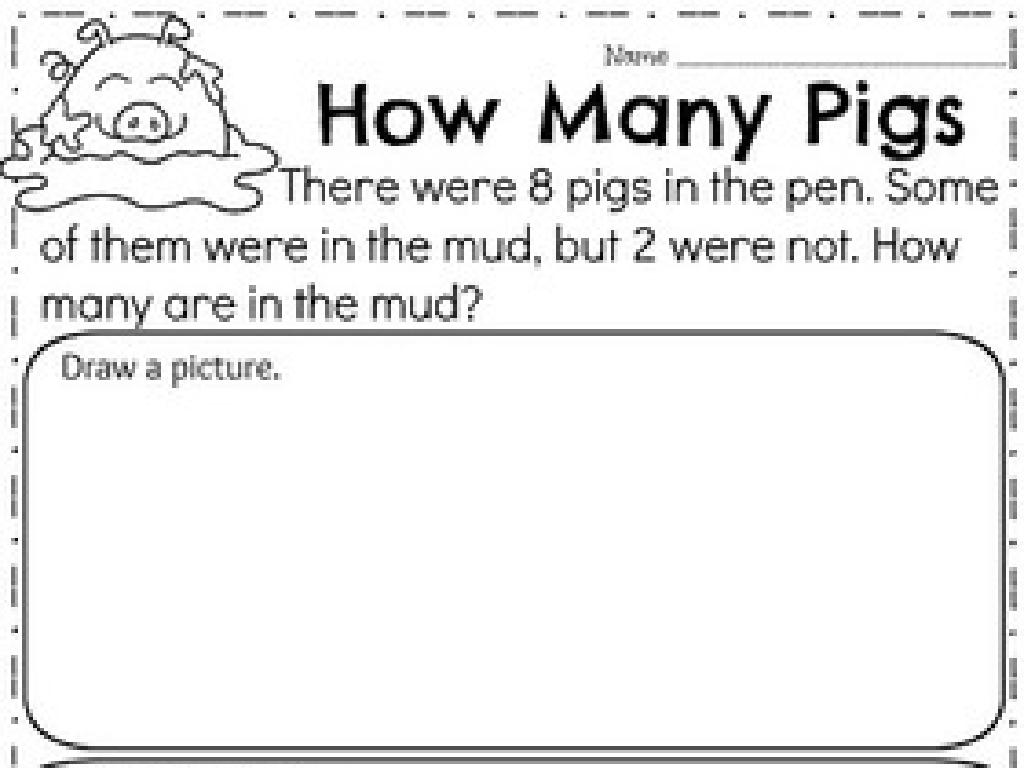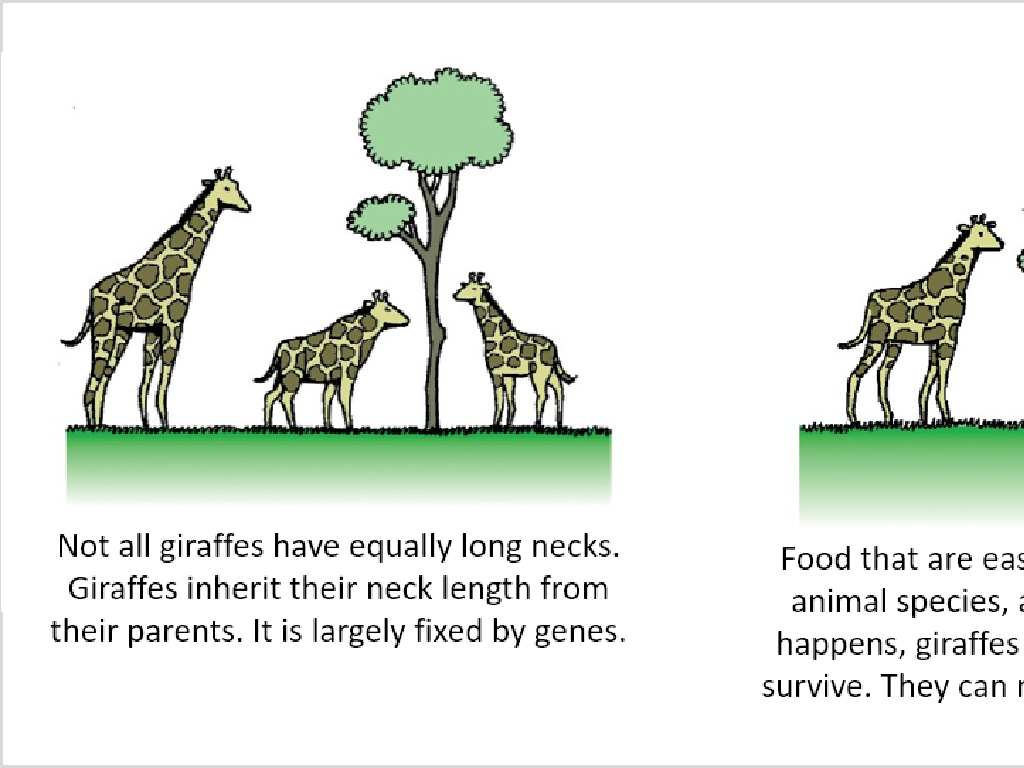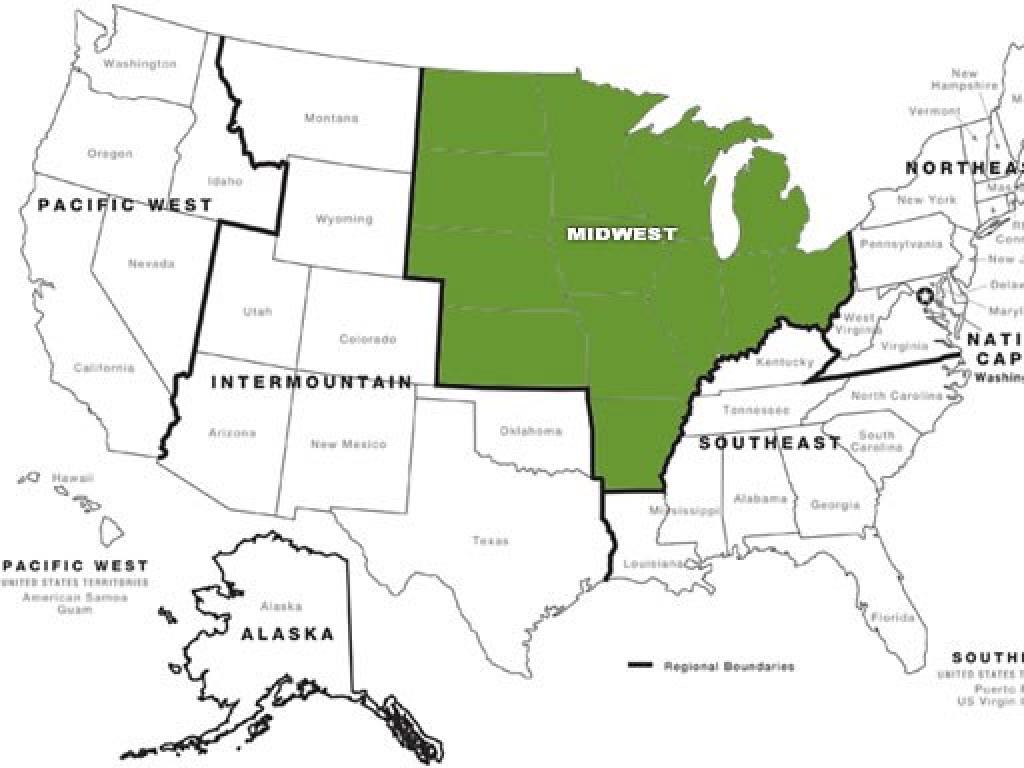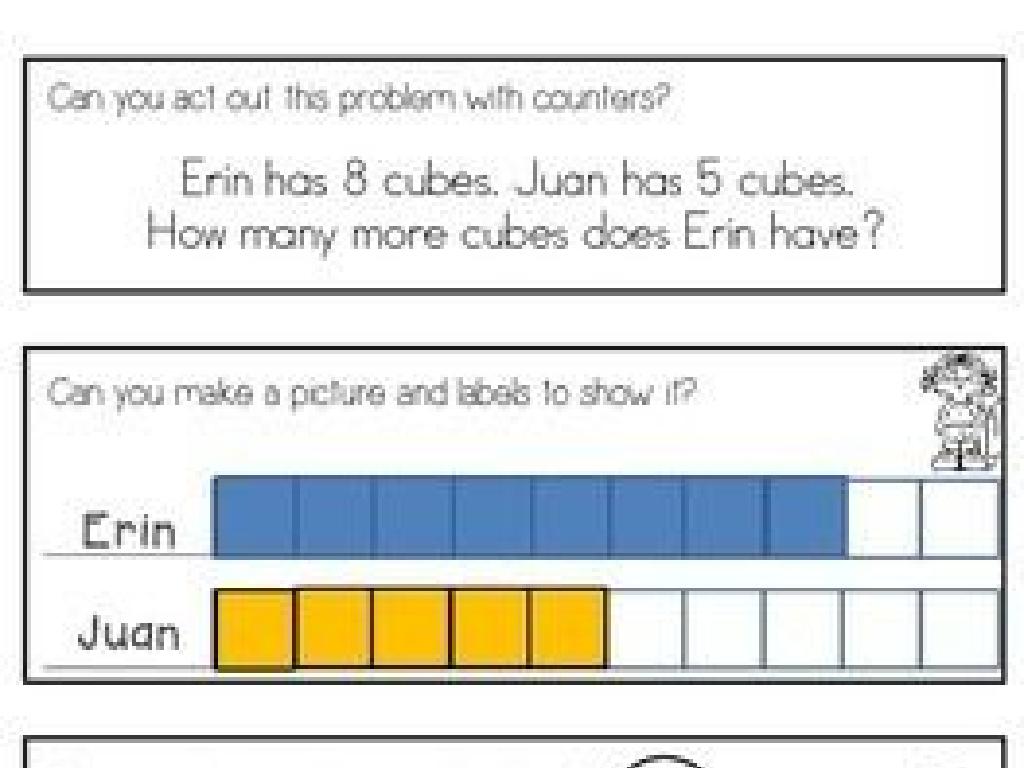Energy
Subject: Science
Grade: High school
Topic: Physcis
Please LOG IN to download the presentation. Access is available to registered users only.
View More Content
Introduction to Energy
– Understanding the concept of Energy
– Energy is the ability to do work or cause change.
– Different forms of Energy
– Kinetic (motion), Potential (stored), Thermal (heat), Chemical (bonds), Electrical (charge), and Nuclear (atomic nuclei).
– Energy’s role in daily life
– From powering homes to fueling transportation, energy is vital.
– Conservation of Energy
|
This slide introduces the fundamental concept of energy, which is a cornerstone in physics and a critical component of our everyday lives. Begin by defining energy as the capacity to perform work or produce change, which can be observed in various forms. Discuss the different forms of energy, providing examples for each: kinetic energy in moving objects, potential energy in objects at height, thermal energy as heat, chemical energy stored in bonds of molecules, electrical energy from charged particles, and nuclear energy from the forces within an atom. Highlight the omnipresence of energy in daily activities, such as using electrical appliances, driving cars, and even in the food we eat. Emphasize the principle of conservation of energy, which states that energy cannot be created or destroyed, only transformed from one form to another. Encourage students to think about how energy transformations are involved in different scenarios they encounter every day.
Understanding Energy in Physics
– Energy defined as work capacity
– The ability to exert force to move an object.
– Energy measured in Joules (J)
– Joules, the SI unit for energy, quantifies how much work can be done.
– Conservation of Energy Law
– Energy in an isolated system remains constant.
– Energy transformation, not creation
– Energy changes from one form to another, like kinetic to potential.
|
This slide introduces the fundamental concept of energy in physics. Start by defining energy as the capacity to do work, which means exerting force to move an object. Explain that the standard unit of energy is the Joule (J), and it quantifies how much work can be performed. Discuss the Law of Conservation of Energy, emphasizing that in a closed system, the total energy remains constant, though it can change forms, such as from kinetic to potential energy. Use examples like a roller coaster to illustrate energy transformation. Encourage students to think of other examples where energy changes form but is not lost or gained.
Kinetic and Potential Energy
– Kinetic Energy: Energy in motion
– Objects moving have kinetic energy, e.g., a rolling ball
– Potential Energy: Energy stored
– Energy stored in objects at rest, e.g., a stretched rubber band
– Real-life examples: Roller coasters
– Roller coasters use both energies: potential at the top, kinetic at the bottom
– Real-life examples: Bow and arrow
– A drawn bow stores potential energy, which becomes kinetic when released
|
This slide introduces the concepts of kinetic and potential energy as fundamental types of energy in physics. Kinetic energy is the energy an object possesses due to its motion, which can be observed in everyday objects like a moving car or a falling apple. Potential energy, on the other hand, is the energy stored in an object due to its position or state, such as a book on a shelf or water behind a dam. Real-life examples like roller coasters and bows and arrows illustrate the transformation between potential and kinetic energy. Roller coasters at the highest point have maximum potential energy, which is converted to kinetic energy as they descend. Similarly, a bow, when drawn, stores potential energy that is transformed into kinetic energy when the arrow is released. Encourage students to think of other examples where these energies are in play and to discuss the energy transformations that occur.
Exploring Thermal Energy
– Definition of thermal energy
– Energy derived from the movement of particles within an object.
– Temperature vs. heat
– Temperature measures how hot or cold an object is, while heat is the energy transferred.
– Geothermal energy example
– Earth’s heat used to warm buildings, generate electricity.
– Applications in real life
|
Thermal energy is the internal energy present in a system due to its temperature. It’s important to distinguish between temperature, which is a measure of the average kinetic energy of particles, and heat, which is the transfer of thermal energy from one object to another. A practical example of thermal energy at work is geothermal energy, which harnesses the Earth’s natural heat to produce power and provide heating. Discuss how thermal energy is utilized in various real-world applications, and encourage students to think of other examples where thermal energy plays a crucial role.
Chemical and Electrical Energy
– Chemical energy in bonds
Energy is held within the bonds of chemical compounds.
– Electrical energy and electrons
When electrons move between atoms, electrical energy is generated.
– Batteries as energy storage
Batteries store chemical energy and convert it to electrical energy when used.
– Lightning: Nature’s electricity
Lightning is a natural electrical discharge caused by imbalances between storm clouds and the ground or within the clouds themselves.
|
This slide introduces students to two forms of energy: chemical and electrical. Chemical energy is the potential energy stored in the bonds between atoms in molecules. It’s released or absorbed during chemical reactions. Electrical energy, on the other hand, is produced by the movement of electrons, often through a conductor. For tangible examples, batteries are a common storage of chemical energy that is converted to electrical energy to power devices. Lightning is a dramatic example of electrical energy, showcasing nature’s power in balancing electrical charges during a storm. Encourage students to think of other examples in their daily lives where these forms of energy are present and to consider the transformation of energy from one form to another.
Exploring Nuclear Energy
– Energy in the atom’s nucleus
– The powerful energy held in the bonds of an atom’s nucleus.
– Nuclear Fission vs. Fusion
– Fission splits the nucleus, while fusion combines them, releasing energy.
– Power generation via nuclear energy
– Nuclear reactors use fission to produce electricity for communities.
– Medical applications of nuclear energy
– Radiation therapy for cancer treatment is one medical use.
|
This slide introduces the concept of nuclear energy, which is the energy stored within the nucleus of an atom. It’s crucial to explain the strong nuclear forces that hold the nucleus together, which, when released, can produce a significant amount of energy. The slide should differentiate between nuclear fission, the splitting of an atom’s nucleus (used in nuclear power plants), and nuclear fusion, the combining of two nuclei (as seen in the sun). Highlight the use of nuclear energy in power plants to generate electricity and its role in medical applications, particularly in cancer treatment through radiation therapy. Ensure students understand the benefits and risks associated with nuclear energy, including its potential for clean power generation and the challenges of radioactive waste management and nuclear safety.
Energy Transformation in Physics
– Energy form conversion
– Energy can change from mechanical to thermal, electrical to light, etc.
– Understanding energy efficiency
– Energy efficiency is the ratio of useful energy output to input
– Photosynthesis: solar to chemical
– Plants convert solar energy into chemical energy through photosynthesis
– Food into kinetic energy
– The body transforms calories from food into energy for movement
|
This slide introduces the concept of energy transformation, where energy changes from one form to another, a fundamental principle in physics. It’s crucial to explain that not all the initial energy converts into the desired form; some is always lost, usually as heat, which leads to the concept of energy efficiency. Use photosynthesis as an example of how plants convert solar energy into chemical energy, which is stored in glucose. Then, explain how the human body converts chemical energy from food into kinetic energy, allowing us to perform physical activities. Encourage students to think of other examples of energy transformation in their daily lives and discuss the importance of energy efficiency in conserving resources.
Renewable vs Non-renewable Energy
– Renewable energy sources
– Includes solar, wind, hydro, geothermal, and biomass
– Non-renewable energy sources
– Comprises coal, oil, and natural gas
– Sustainable energy significance
– Vital for environmental protection and economic stability
– Transitioning to renewables
|
This slide aims to differentiate between renewable and non-renewable energy sources, highlighting examples of each and discussing the importance of sustainable energy practices. Renewable energy sources are those that can be replenished naturally, such as solar and wind power. Non-renewable energy sources, like coal and oil, are finite and release pollutants when used. Emphasize the need for sustainable energy practices to ensure a stable climate and economy for future generations. Discuss the global trend of transitioning towards renewable energy sources and the role of innovation and policy in this shift. Encourage students to think about how energy choices impact the environment and society.
Energy in Physics: Understanding Work-Energy
– Work-Energy Theorem explained
– Work done on an object equals change in its kinetic energy
– Mechanics: Energy’s role
– Practical examples: roller coasters, vehicles
– Solving energy problems
– Use formulas to solve for kinetic, potential energy
– Calculating energy in scenarios
– Apply concepts to real-life physics problems
|
This slide introduces the Work-Energy Theorem as a foundational concept in physics, explaining that the work done on an object results in a change in its kinetic energy. Students should understand how this principle applies to everyday mechanics, such as the functioning of roller coasters or vehicles, where energy transformations are constantly occurring. The slide also sets the stage for problem-solving activities where students will calculate kinetic and potential energy in various scenarios, applying mathematical formulas to theoretical and real-life physics problems. Encourage students to think critically about how energy is conserved and transformed in different situations they encounter daily.
Class Activity: Energy Scavenger Hunt
– Find energy forms around school
– Identify real-life energy transformations
– Observe a car moving: chemical to kinetic energy
– Present findings to class
– Discuss energy applications
– How is energy used in different school areas?
|
This activity is designed to engage students in a practical exploration of energy forms and transformations. Students will search the school premises for examples of energy, such as mechanical energy in the gym, electrical energy in the computer lab, and thermal energy in the cafeteria. They should identify and note the energy transformations taking place, like how chemical energy in food becomes kinetic energy during sports. After gathering examples, students will present their findings to the class, fostering a discussion on how energy is applied in various contexts. For the teacher: prepare a list of 4-5 possible locations or items that students can investigate, ensure safety during the activity, and facilitate the post-activity discussion to highlight the importance of energy in everyday life.

